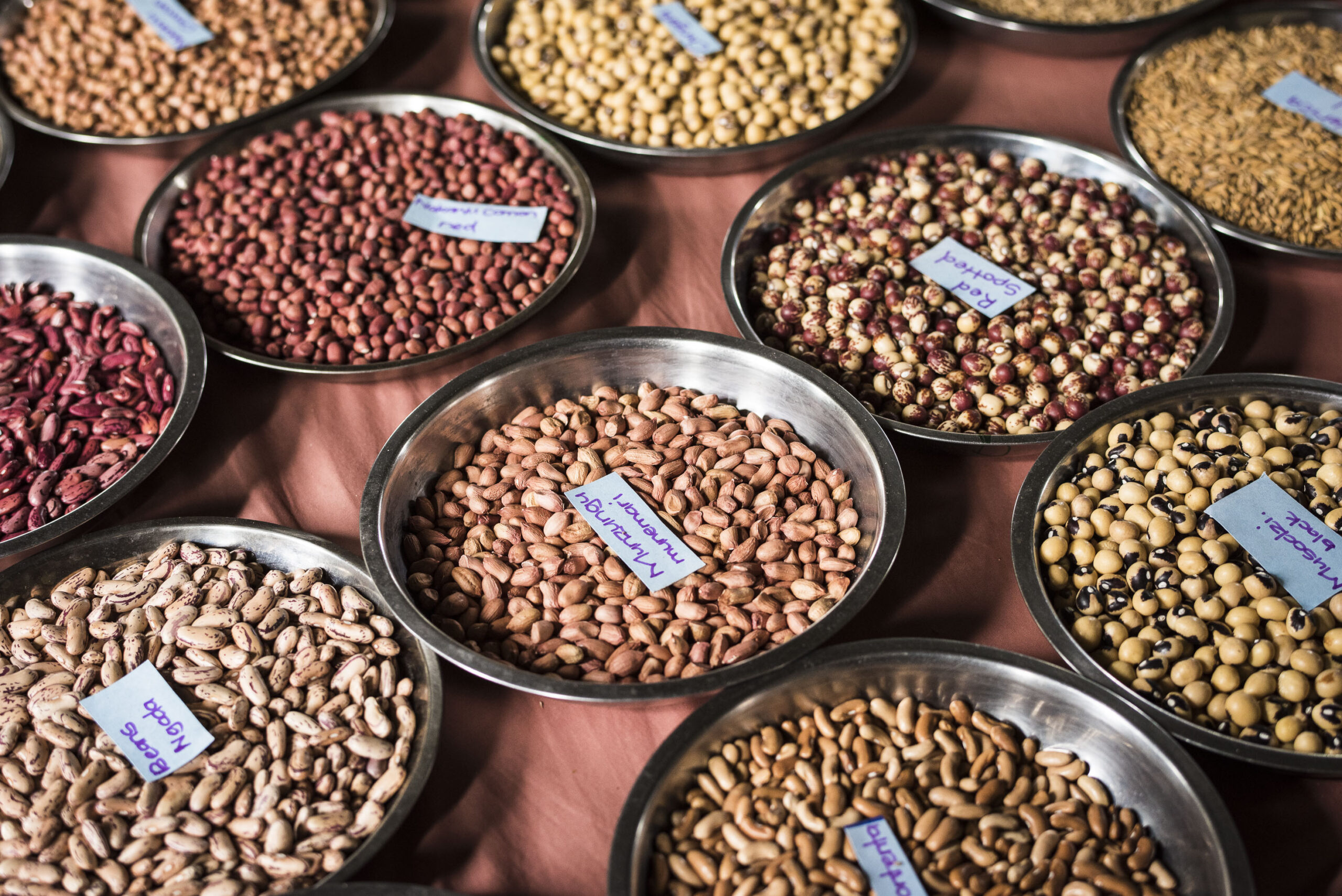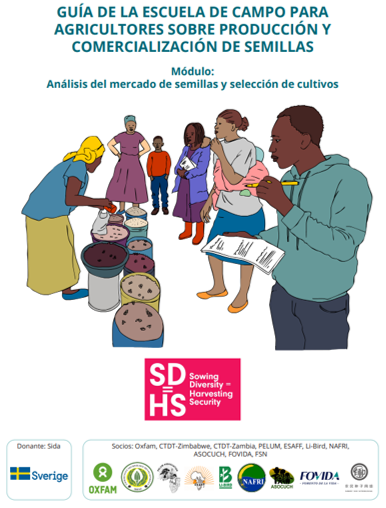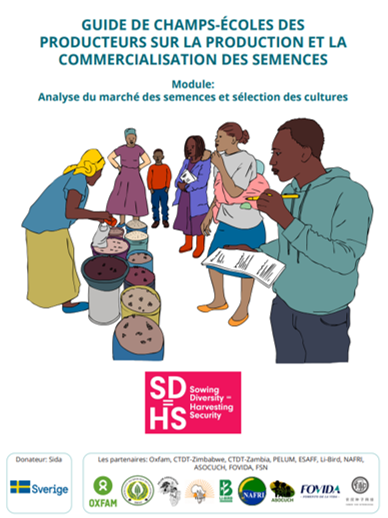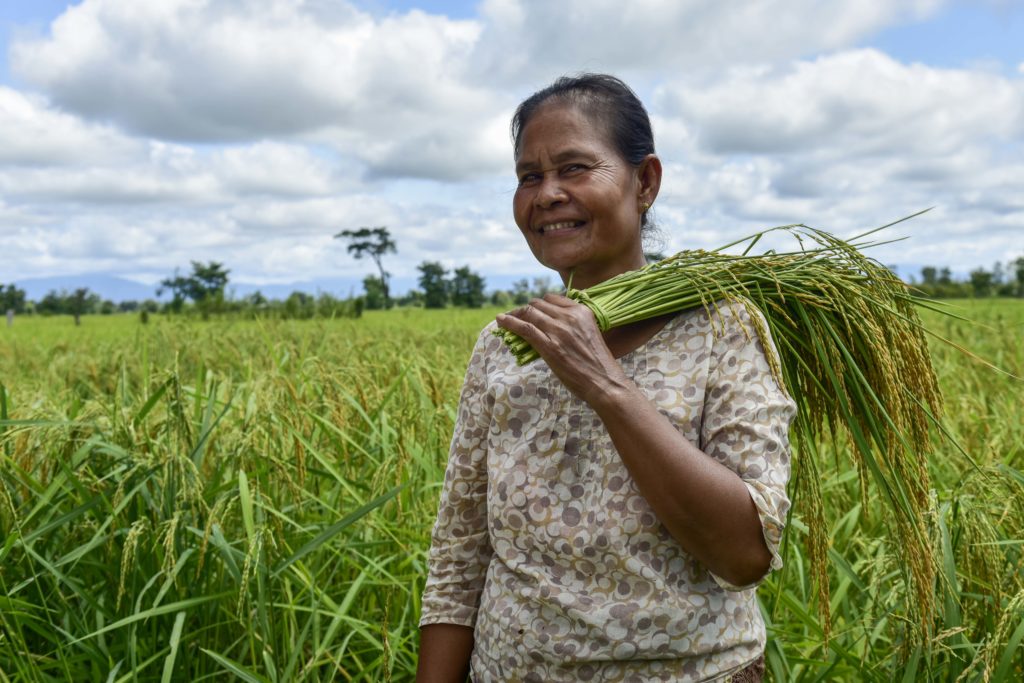In this article, SD=HS team members Bram De Jonge, Bert Visser and Rene Salazar look at the impacts of breeding technologies regulations on smallholder farmers.
The widespread use of patents on plants in low- and middle-income countries demonstrates the increasing privatisation of crop genetic resources. This potentially limits their use in farmer breeding, increasing the dependence of smallholder farmers on the private seed sector. The use of genetically modified traits in farmer breeding poses biosafety issues.
Adapting patent legislation to the benefit of smallholder breeding and development of alternative seed sources from the public breeding sector could negatively impact farmer-breeder efforts, and ultimately food and nutrition security.
Summary
- This paper explores the potential impact of increased use of digital sequence information through new breeding technologies and its associated patent and biosafety strategies and policies on smallholder agriculture and breeding in low- and middle-income countries.
- We performed a case study in the southern Philippines, involving multiple field visits and interviews, where smallholder farmers deliberately and successfully incorporated a genetically modified, patent-protected trait into popular open-pollinated varieties of both yellow and white maize, resulting in the wide-spread dissemination of glyphosate-tolerant open-pollinated varieties called sige-sige.
- The particular case poses a suite of questions regarding farmer producer health, biosafety and access to plant genetic resources protected by patent rights. Considering current trends, it is predicted that the rise of new breeding technologies such as gene editing will lead to more patents on breeding processes and on gene-edited crop plants, including in low- and middle-income countries and emerging economies. Since in many jurisdictions new breeding technologies may be regulated as genetic engineering processes and products, biosafety regulations and related management requirements need to be considered as well.
- By recognising and supporting the breeding efforts of farmers, governments can tap into the potential for creating a wider portfolio of varieties that are better adjusted to the needs of smallholder farmers. If the spread of GMOs in smallholder agriculture should be contained, alternative seed sources for farmer-breeding from the public breeding sector will be highly needed.









